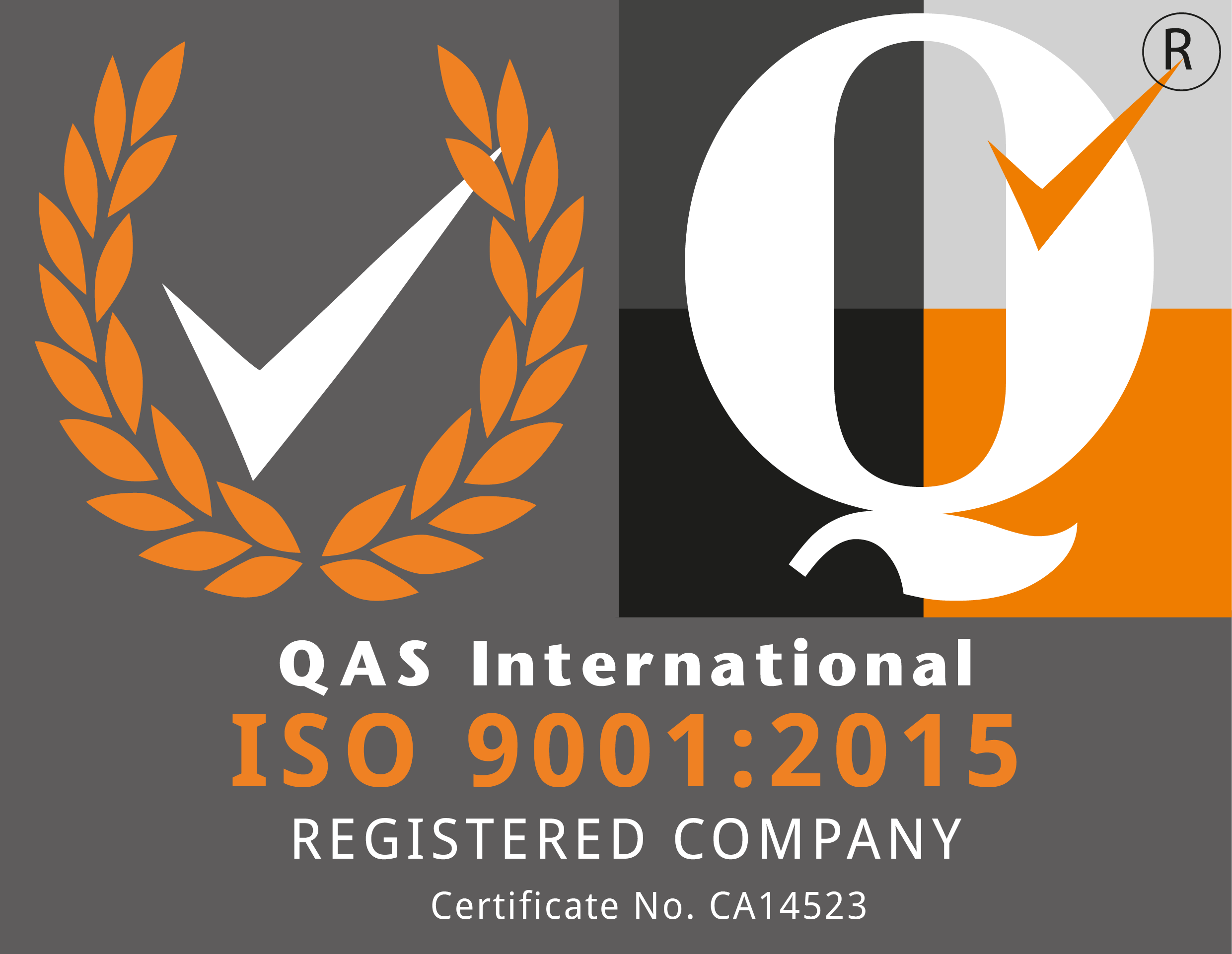What constitutes a “pharmaceutical label”?
A pharmaceutical label is used for a wide range of chemical products, from over-the-counter medications, such as painkillers and supplements, to medical and laboratory equipment, like infection test kits and sample containers.
As pharmaceutical products often contain volatile or dangerous substances, they present a heightened risk for the user. This means that there are regulations that must be followed and certain qualities that must be ensured.
Strict labelling regulations are put in place to ensure that consumers are provided with clear and accurate information about the product, but what information do you need to include on your pharmaceutical labels?
What are the pharmaceutical labelling regulations?
Just as with any label for a product that is manufactured in the UK, there are certain requirements you must include to remain compliant with government regulations.
Drug labelling regulations require certain information to be displayed, as set out in the Human Medicines Regulation 2012 – Part 13.
Here are the 5 facts about your pharmaceutical products that need to be included on the label:
- The product name and purpose, so the contents can be clearly identified
- Dosage and use instructions
- Specific instructions for demographics, such as pregnant women and children.
- Ingredients, both active and inactive
- Warnings and potential adverse side effects
It is also important to note that pharmaceutical labels must feature braille for blind and partially sighted users. It must feature on more than one side of the product, be unabbreviated, and in a position that does not obscure the printed information.
What are the practical requirements of a pharmaceutical label?
Another essential quality of pharmaceutical labels is that they must have the same durability as the lifespan of the product.
The label must remain in place and legible, so the information and instructions are always available while the product is in use and careful selection is needed to ensure the correct papers and inks are used.
This means that it must be able to withstand exposure to conditions that occur during storage, distribution or extensive laboratory usage. These conditions include:
- Moisture/humidity and submersion
- Chemical exposure
- Rough-textured surfaces
- High and low temperatures
- UV light/radiation
It must also be constructed with materials that will not contaminate the product.




.png)




